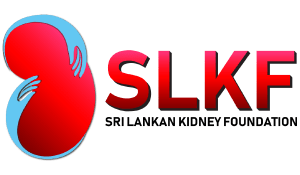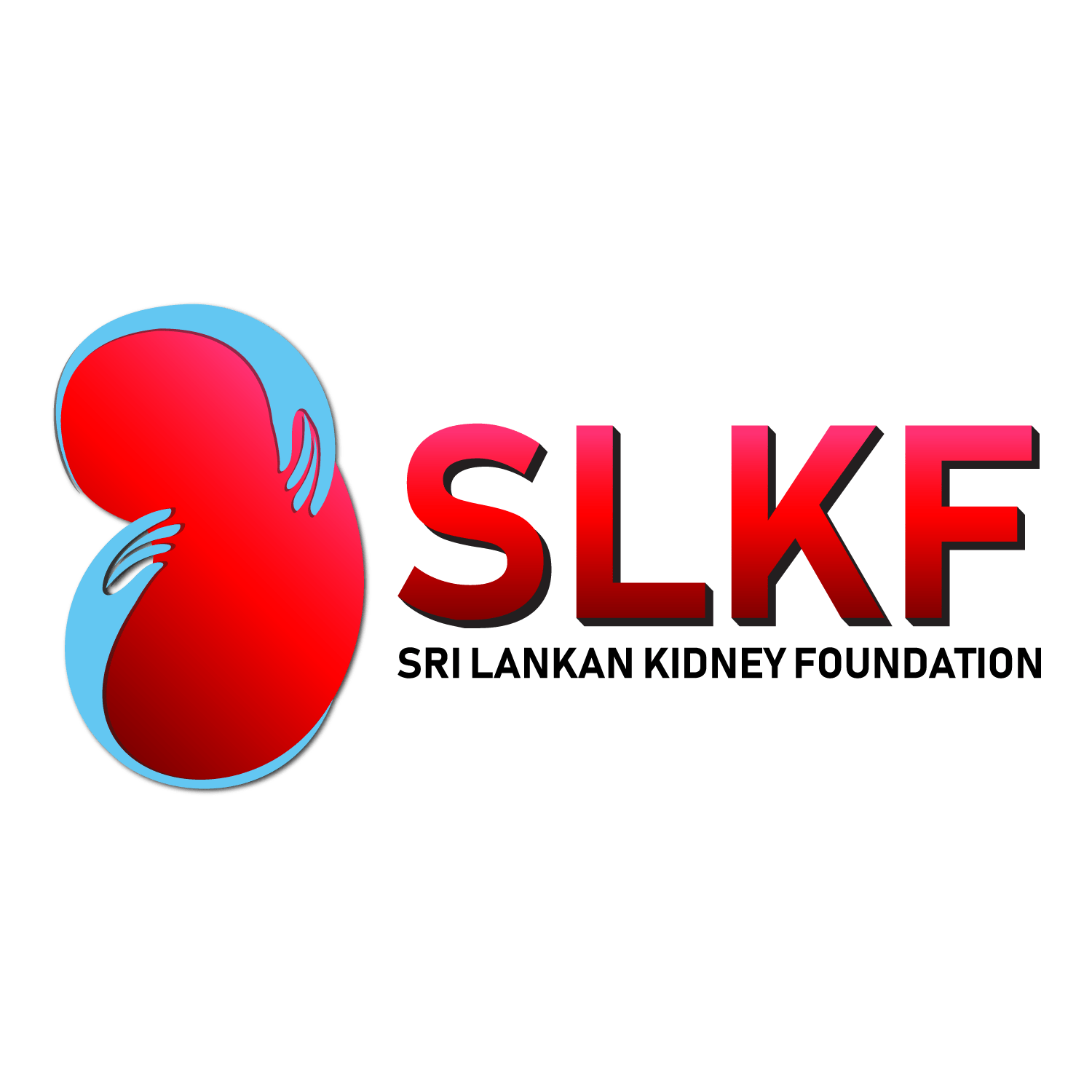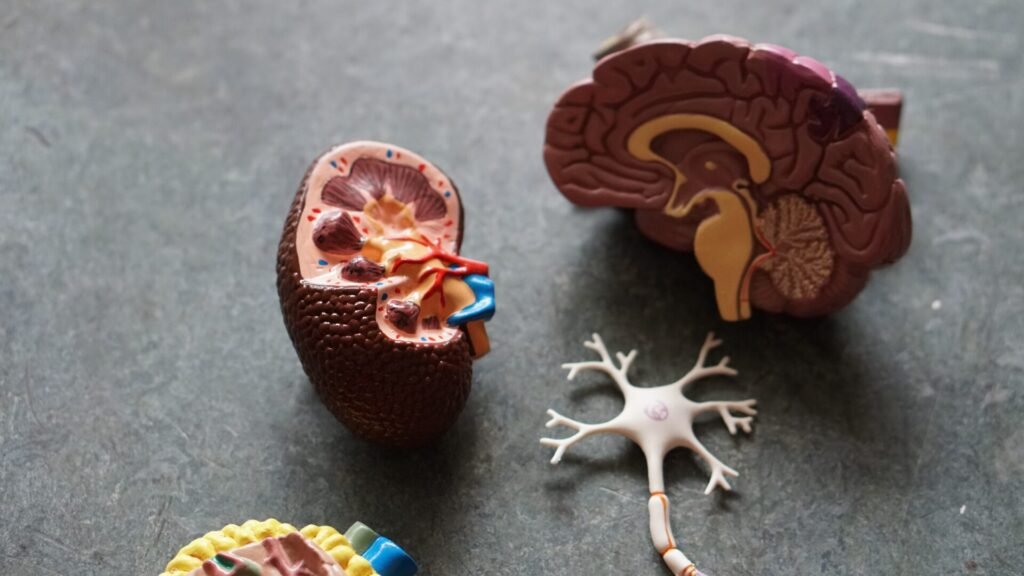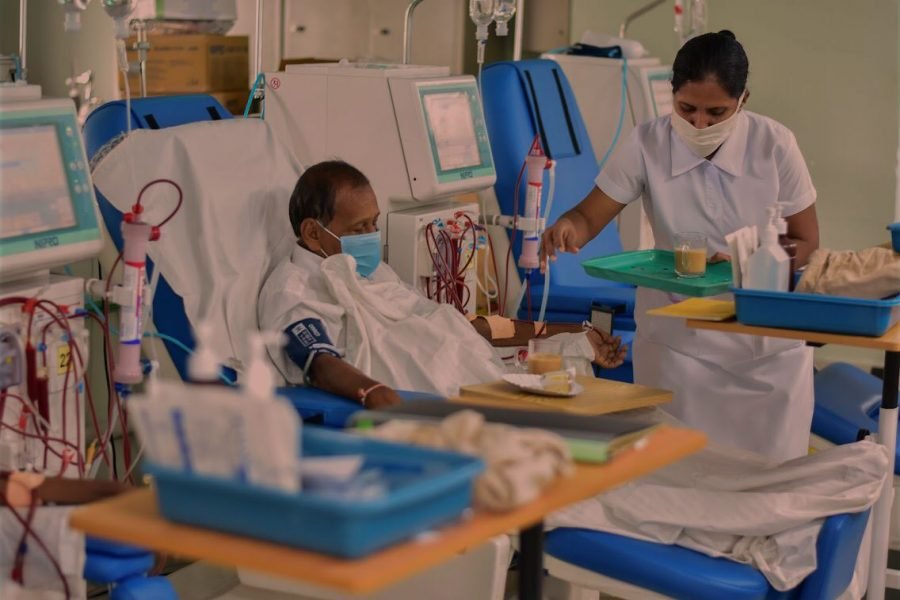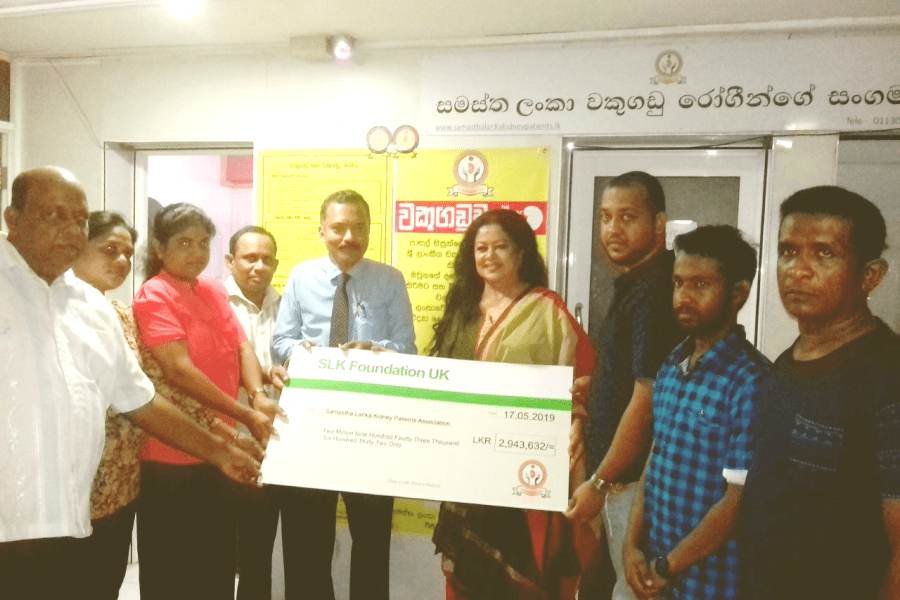The term Chronic Kidney Disease (CKD) refers to “a long term condition where the kidneys don’t work as well as they should”. It has now become a greater problem to the society around the entire world as they all face difficulties that follow up after being diagnosed with CKD by healthcare professionals.
In Sri Lanka, Chronic Kidney Disease has now become a major issue faced by most of the population in the economy and is growing to cause significant difficulties, especially among the middle and lower-income population. This tragedy has overtaken many lives as it affects the livelihood of everyone involved; not only the patient but his/her entire family is affected in direct and in indirect ways.
As of statistics in 2020: There were 164,000 CKD patients diagnosed throughout the whole year and an accumulated study shows that nearly 10% of the Sri Lankan population are affected by kidney-related diseases.
The causes of kidney damage and failure are wide-ranging. A few of the most common reasons are being presented below:
- Diabetes (Diabetic Nephropathy)
- High blood pressure (Hypertensive Nephrosclerosis)
- CKD-u (Protein excretion with urine)
- Kidney stones
- Hereditary kidney disease inherited from genes (Polycystic kidney disease)
- Rajarata Kidney Disease or Undiagnosed Kidney Disease – Agricultural Kidney
- Disease (CKDu /Chronic interstitial nephritis in agricultural communities or CINAC)
- Kidney disease that can be caused by other causes in the body.
- Statistics as of 2020 further shows the seriousness of this situation as there has been a record number of approximately 10,500 deaths annually due to kidney failure and kidney-related diseases. This is an extremely significant value as it demonstrates that much of the population are unable to address the diagnosis of CKD and kidney-related diseases properly, resulting in so many fatalities in Sri Lanka.
Any of the above causes mentioned above can damage the kidneys. This population of victims have to undergo great difficulties as they have to bear not only the weight of the disease but also the social and economic implications brought by the disease.
Once the kidneys are damaged, people with CKD have to undergo a process called “Dialysis.” Daily dialysis is a very difficult task economically as well as resource-wise.
For example, the “Haemodialysis” treatment costs an extreme sum of money and there are two main treatments that are mandatory to be carried out every week.
In 2020, Sri Lanka recorded 9,500 patients who underwent dialysis treatment which is evidently a very large number, demonstrating the fact that most people tend to suffer from CKD and are in need of this treatment as a short-term measure to prevent dying. If dialysis treatment is not delivered, this would result in significant patient mortality.
The cost of one dialysis treatment accounts for roughly Rs. 8000/= and considering two treatments per week for 52 weeks in a year, the total expenditure for a patient on dialysis alone will account for Rs. 832000/= (8000 * 2 * 52)
Despite this extremely expensive dialysis treatment, a patient may eventually have to undergo a kidney transplantation operation. This operation involves the patient finding a donor for the kidney transplant. Finding a donor is not an easy task as the kidney types need to match as well.
As we have experienced, the kidney patient is often the provider of the main source of income for the family. Thus, when the income-earner of the family becomes a kidney patient, the entire income source in that family is affected. Certain medications which are mandatory for dialysis treatment and for transplantation are not being provided by the government. This would indicate that these medications will have to be purchased privately from external sources which are quite expensive for the victims of kidney disease.
Furthermore, another obstacle that is faced by kidney patients in Sri Lanka is the lack of kidney transplantation machinery and facilities. Currently, there are only 10 government hospitals Island wide that have this facility for kidney transplantation, which indicates the fact that it is difficult to even book transplantation as most people need to wait a considerable time period until their turn arrives. Overall, the entire transplantation costs roughly around Rs. 2,500,000/= without including the long term medication.
CKDU and its impact in Sri Lanka
“Chronic kidney disease of unknown cause (CKDu)” has come into the talks to define this group of CKD where the cause for the kidney failure couldn’t be identified. It has posed a great challenge to the medical sciences, not only in Sri Lanka but to the whole world, due to the poor outcome of the disease which results in the deaths of young males. Other than in Sri Lanka, it has been reported in several countries in Central America where it was named as “Mesoamerica’s mystery killer” in some states of India (Andhra Pradesh) and Egypt.
It has been among the discussions in Sri Lanka since 1990 when a number of patients were admitted with CKD and several deaths occurred among them in the North Central province, where common risk factors for CKD couldn’t be identified in those patients. Initially, it was reported in Padaviya in Anuradhapura district which later spread to involve nearby regions like Medawachchiya, Medirigiriya in Polonnaruwa district, Girandurukotte and Mahiyanganaya in Uva province, Dehiattakandiya in Eastern province and Waligamuwa, Hettipola in Central province.
Who are more likely to develop CKDu?
The main victim of CKDu being male farmers has led the researchers to identify that this is common among adults in their third to fifth decades while males are commonly affected. The majority are coming from rural areas where agriculture and farming are the main modes of occupation.
The lack of education and poor socioeconomic background in these areas has led to delayed or no seeking of healthcare, hence making it a challenge to find the disease origin and the actual number of affected cases. The lack of healthcare facilities in these regions also results in delayed recognition and diagnosis of the disease and trouble with providing necessary treatment including dialysis.
What are the risk factors for CKDu?
Different risk factors have been suggested in a number of studies done in Sri Lanka as well as in other countries; however, none of them was able to identify a causative factor for this disease yet. In Sri Lanka, they have found some crucial association with excessive exposure to chemicals used in agriculture, including certain heavy metals like Cadmium, Arsenic and alterations of the quality of water in CKDu prevalent regions where the water has a high fluoride content and hardness, probably due to calcium and magnesium. Furthermore, some association with extreme physical exertion, heat and dehydration has also been suggested as the majority of the patients are from farming populations.

 | By Dr.Sanjaya Heiyantuduwa – Consultant Nephrologist & adviser to Samastha Lanka Kidney Patients Association |
